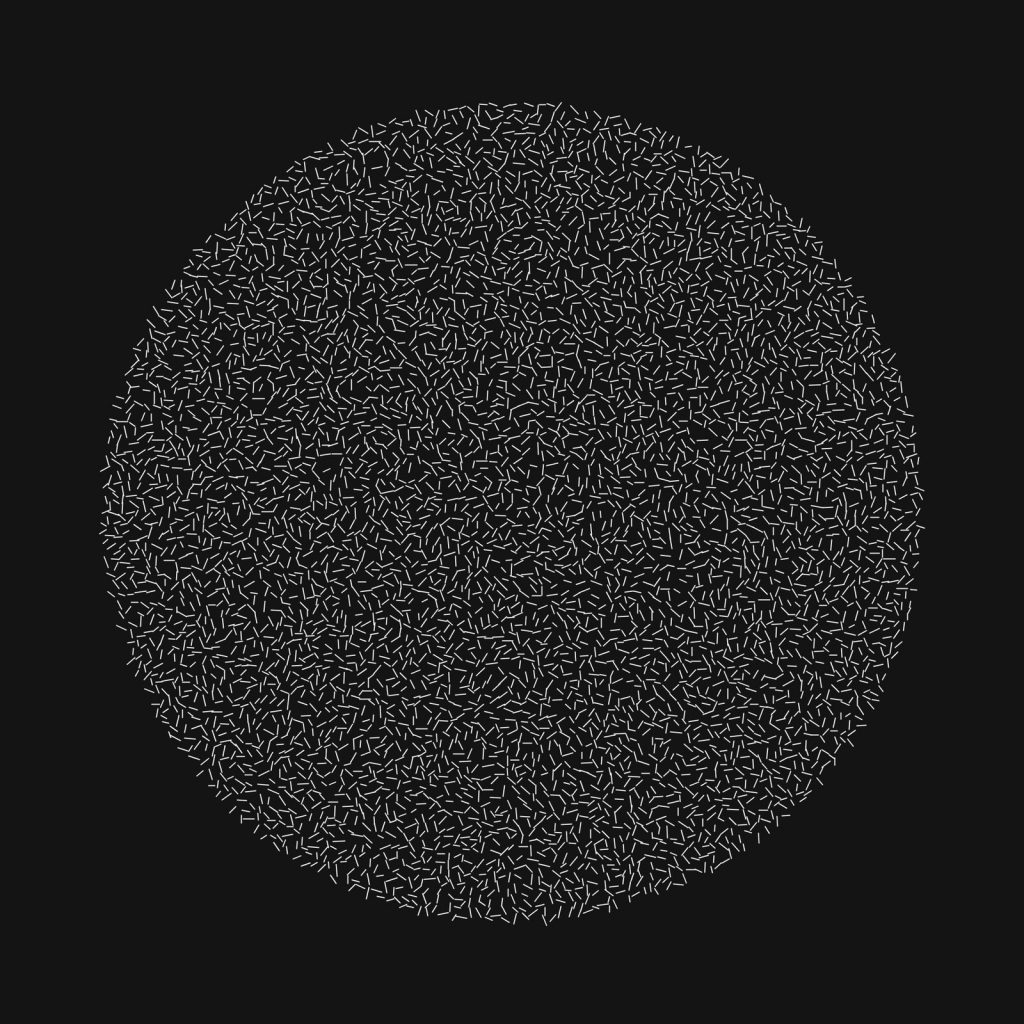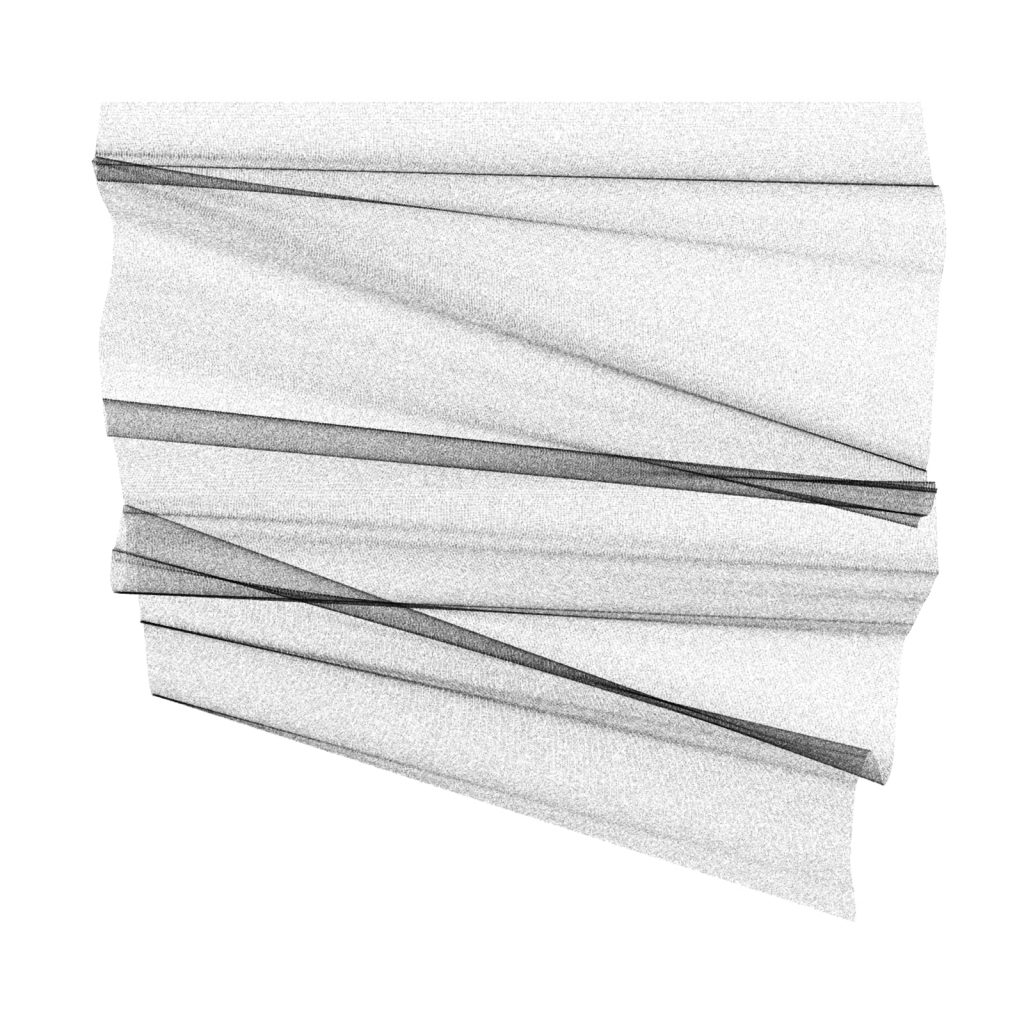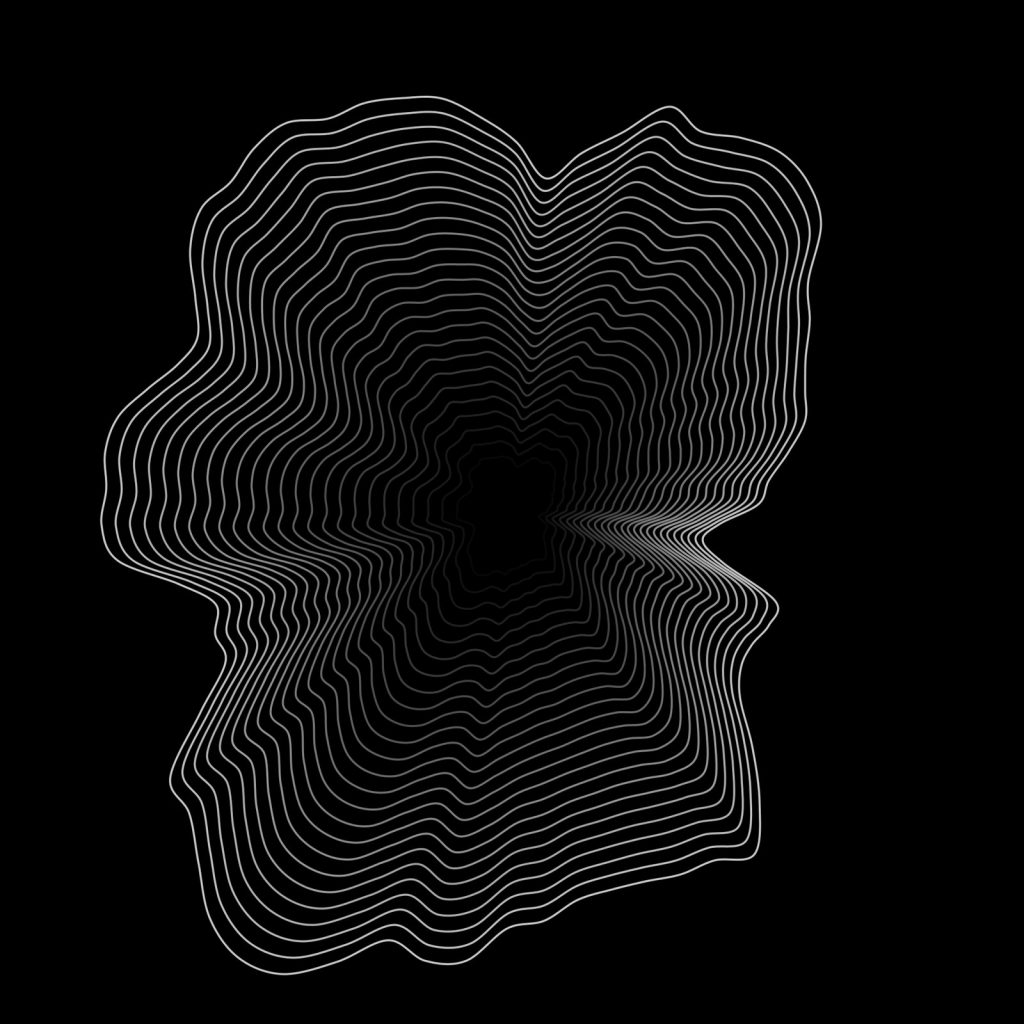For this week’s Looking Outward post, I am choosing to write about Daniel Eden’s Drawing With Numbers project. Eden has created many works of generative art, all created with Processing, p5.js, or OpenFrameworks.
Some of Eden’s pieces, with his captions describing the code behind them:




I selected this because I admired that he created these as a way to combat his inability to draw traditionally. He drew inspiration from designs he saw in the real world, then found a way to create them through his computer. I was attracted to the simplicity of the black and white patterns, and how he really focused on making the shapes emulate movement. I think it would be interesting to see the actual code behind it (versus just the pseudocode) to see how complex it is. Some of them seem doable to me, like the circle filled with dashes, while others seem much more complicated. I also found his blog post about how he began creating generative art interesting, because describes how he started out with p5.js which is what we are using in this course.
![[OLD FALL 2018] 15-104 • Introduction to Computing for Creative Practice](../../../../wp-content/uploads/2020/08/stop-banner.png)
